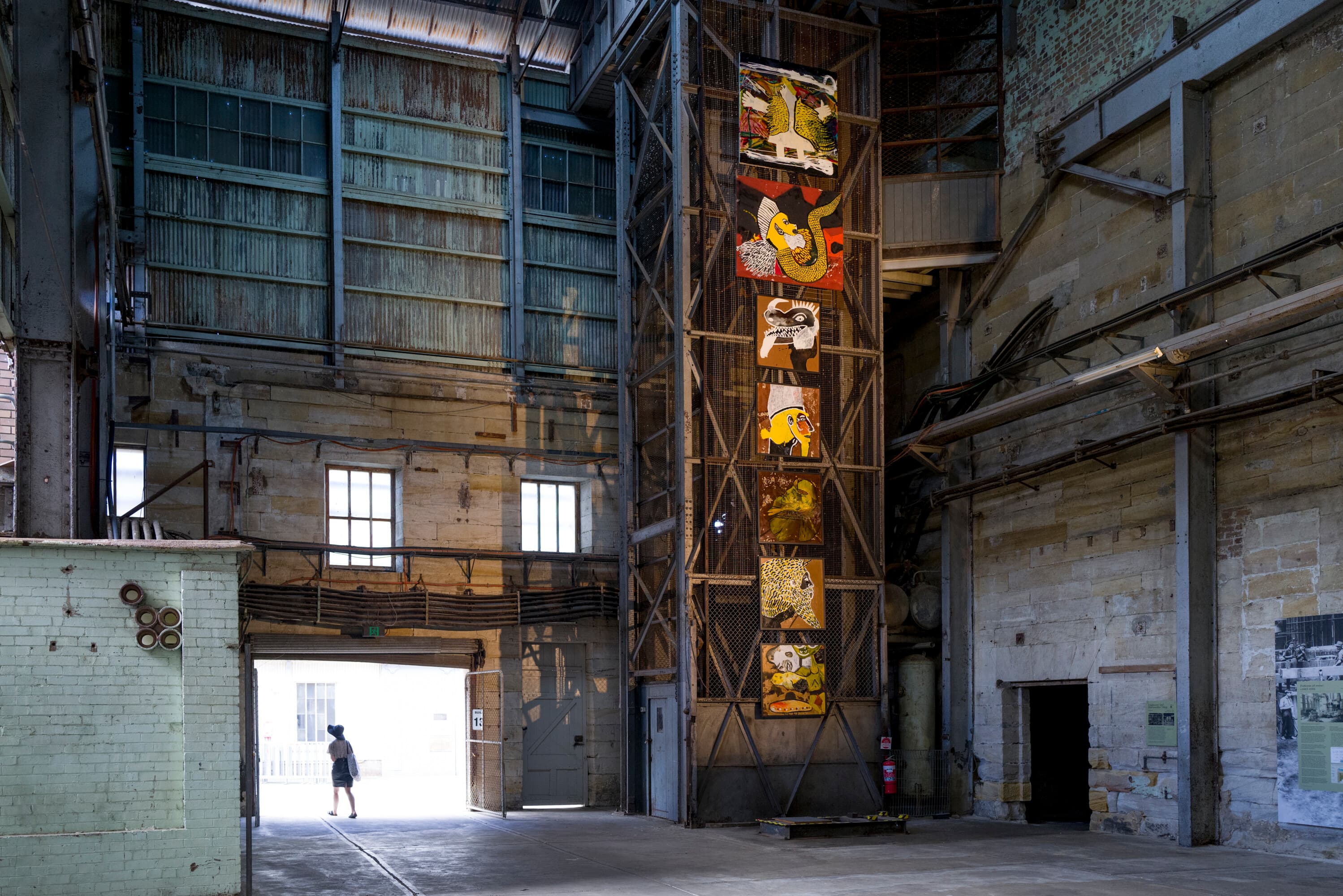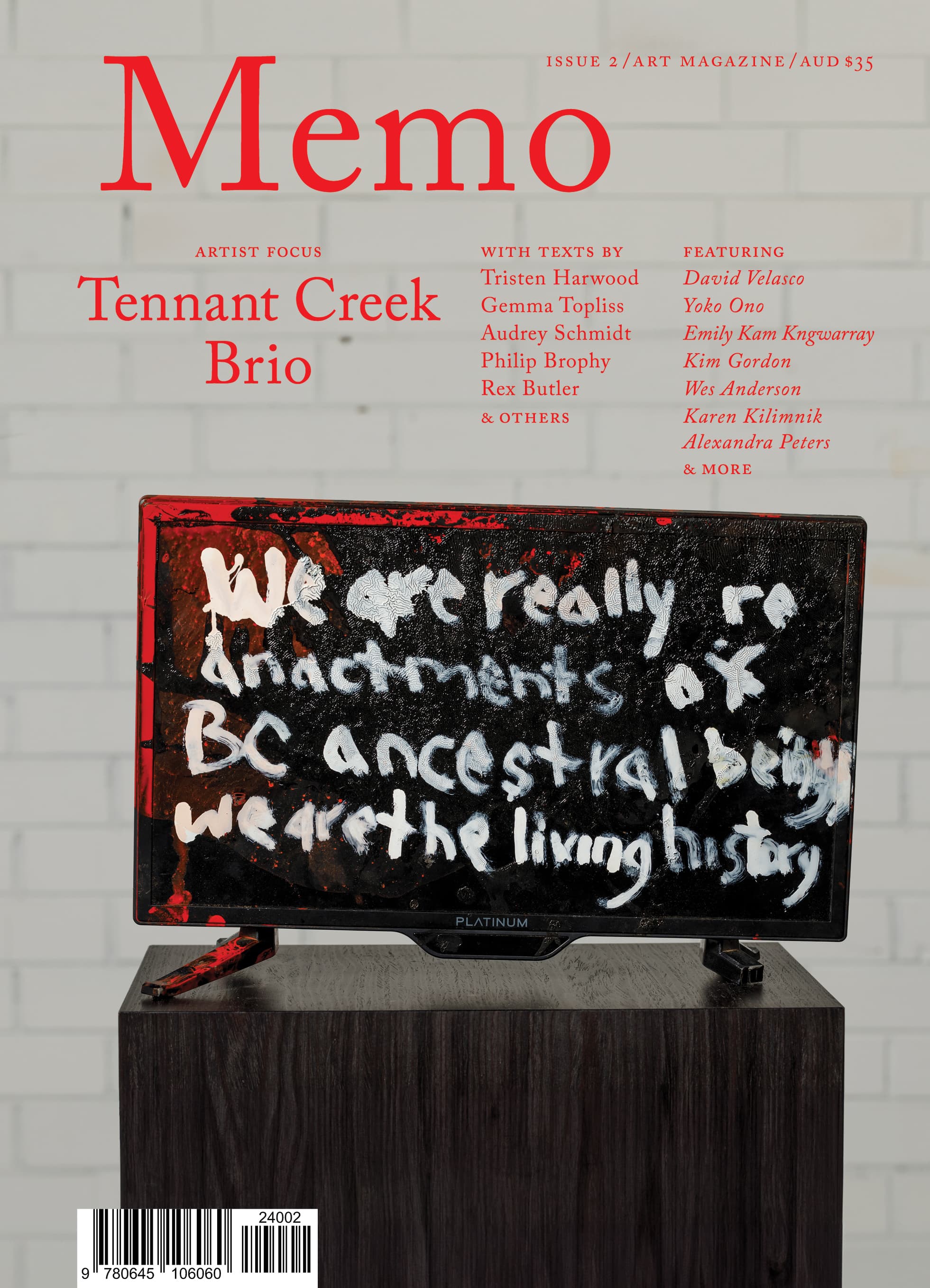Edie Duffy’s Singularity
Edie Duffy’s photorealism doesn’t just document—it distorts. Mining eBay’s throwaway images, she renders objects with a fixation that turns the banal into the surreal, collapsing nostalgia, obsolescence, and digital-age vertigo into a vision both unsettling and precise.
Edie Duffy is the surest example of the product not matching the description. In a short period, the Naarm-based artist has cemented her position as a photo-realist painter, revered in circles of cool post-graduate art students that would usually sneer at this style of painting. Duffy acknowledges that photo-realism is “daggy.” It conjures up cringe images of Michael Zavros flanked by luxury cars and taxidermy. A prominent artist recently exclaimed that they hate photorealism — but like Duffy’s work. And that’s the gist of it.
Exclusive to the Magazine
Edie Duffy’s Singularity by Amelia Winata is featured in full in Issue 2 of Memo magazine.
Get your hands on the print edition through our online shop or save up to 20% and get free domestic shipping with a subscription.
Related

Trump’s Gaza fantasy blurs satire, atrocity, and the global collapse of political language into performative chaos.

Before pop, before Warhol, before Hamilton—there was Donald Duck. In a wartime outpost in Papua, Charles Bush painted an eerily prescient vision of mass media’s encroachment. A symptom, not an agent, of pop’s first age, Bush’s work sits uneasily in art history’s timeline.

A prolific hyperproduction and sense of take-over lifted the Brio’s head out of the fray.
